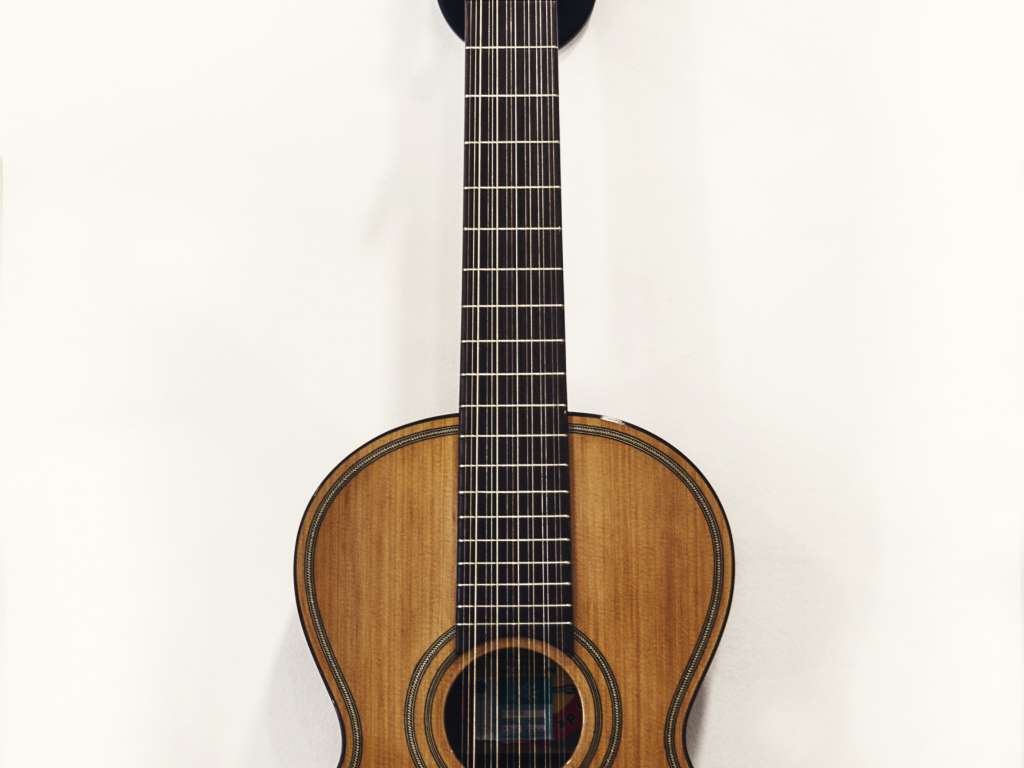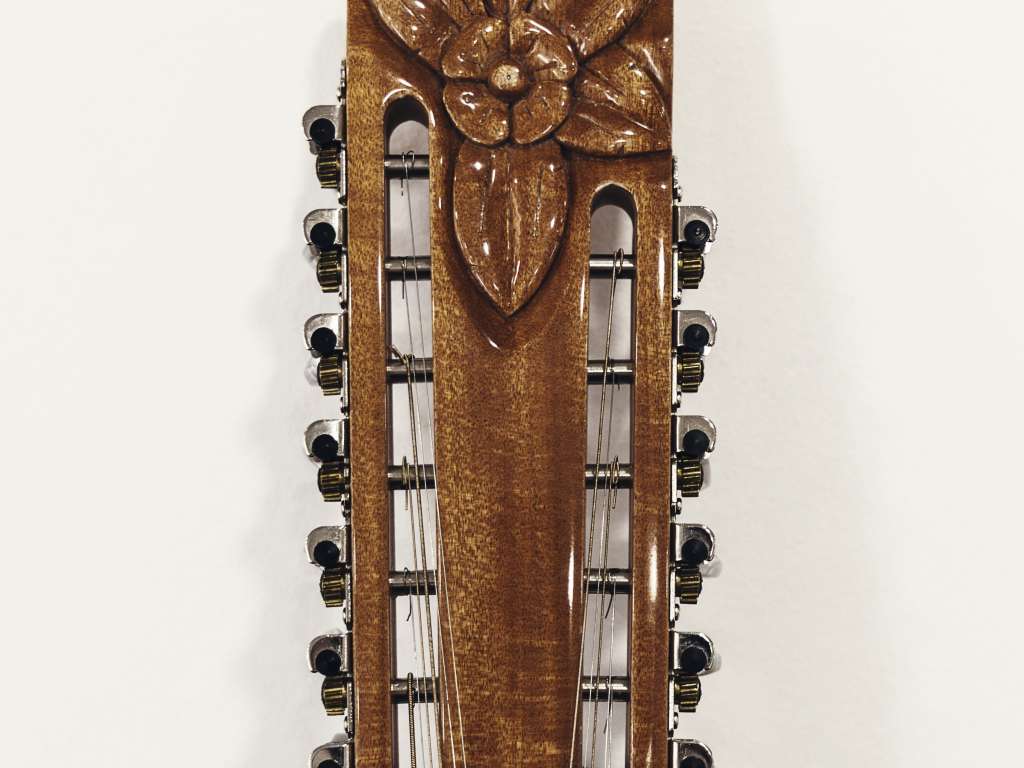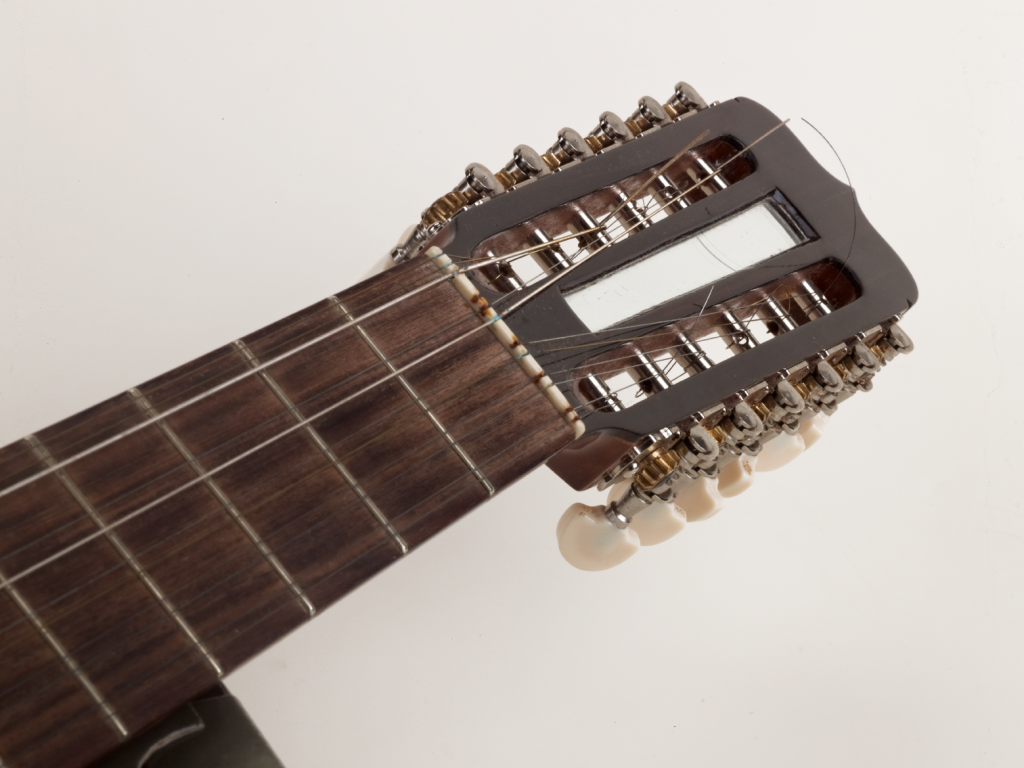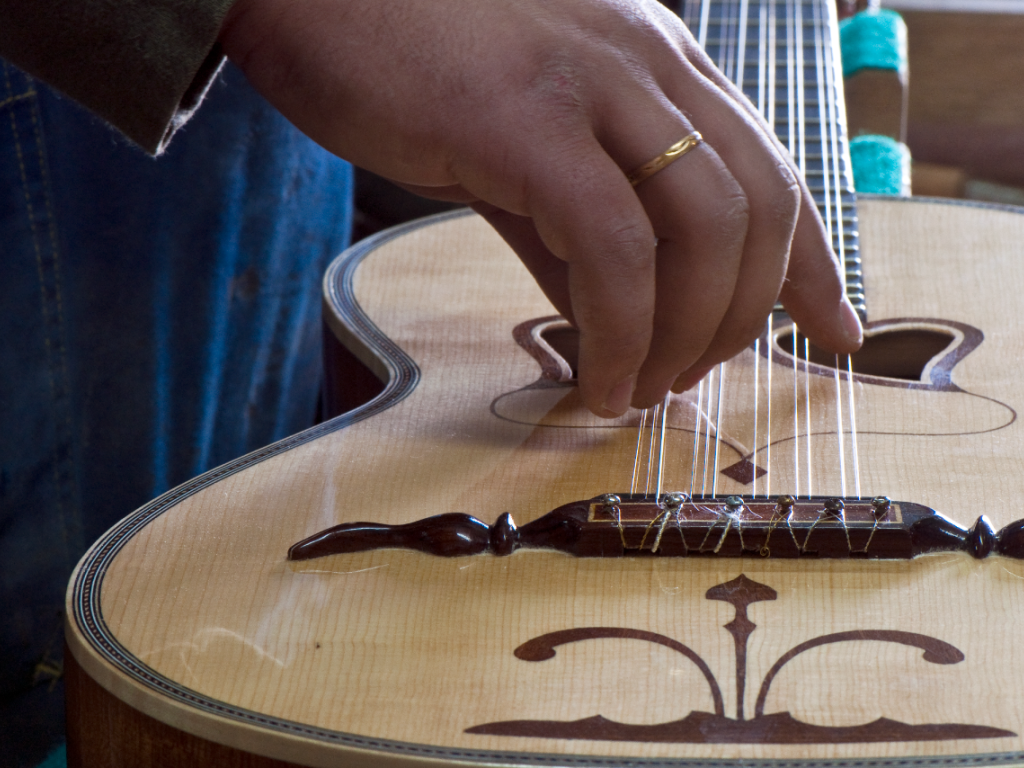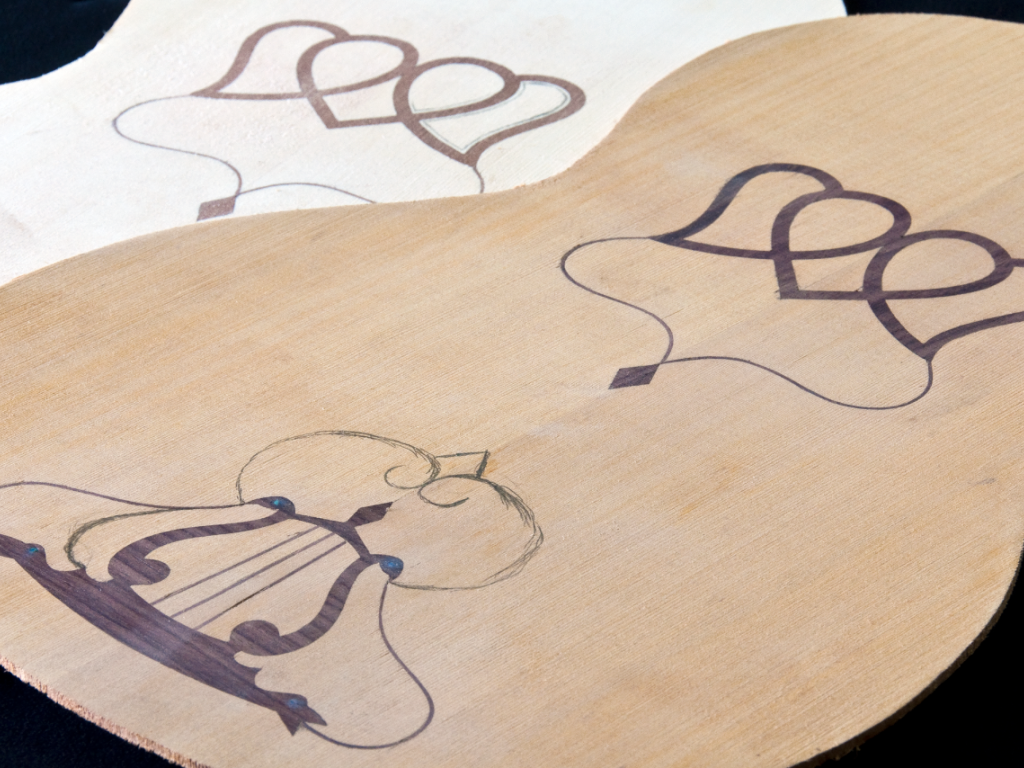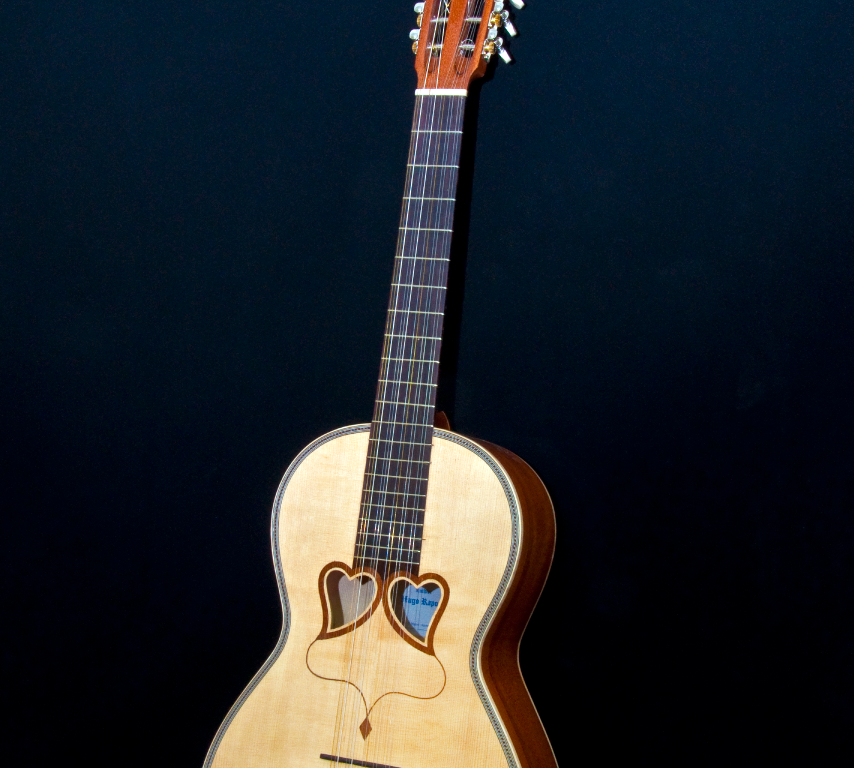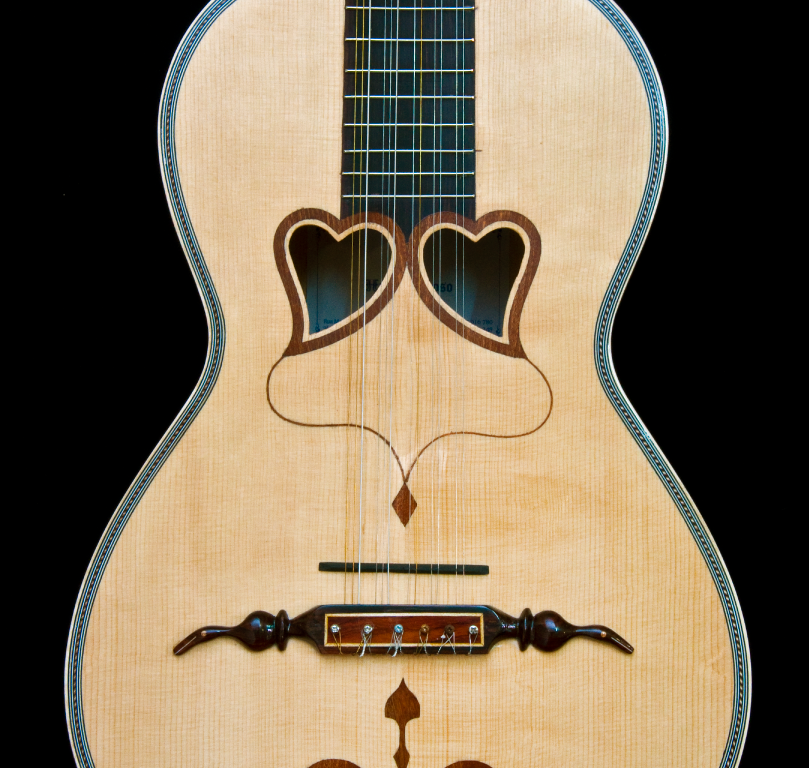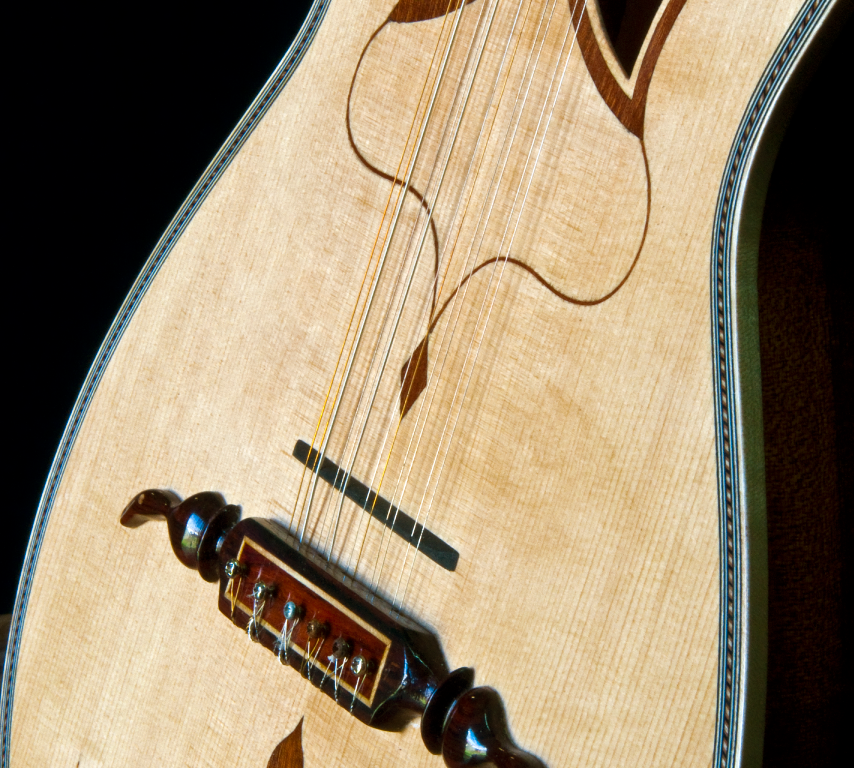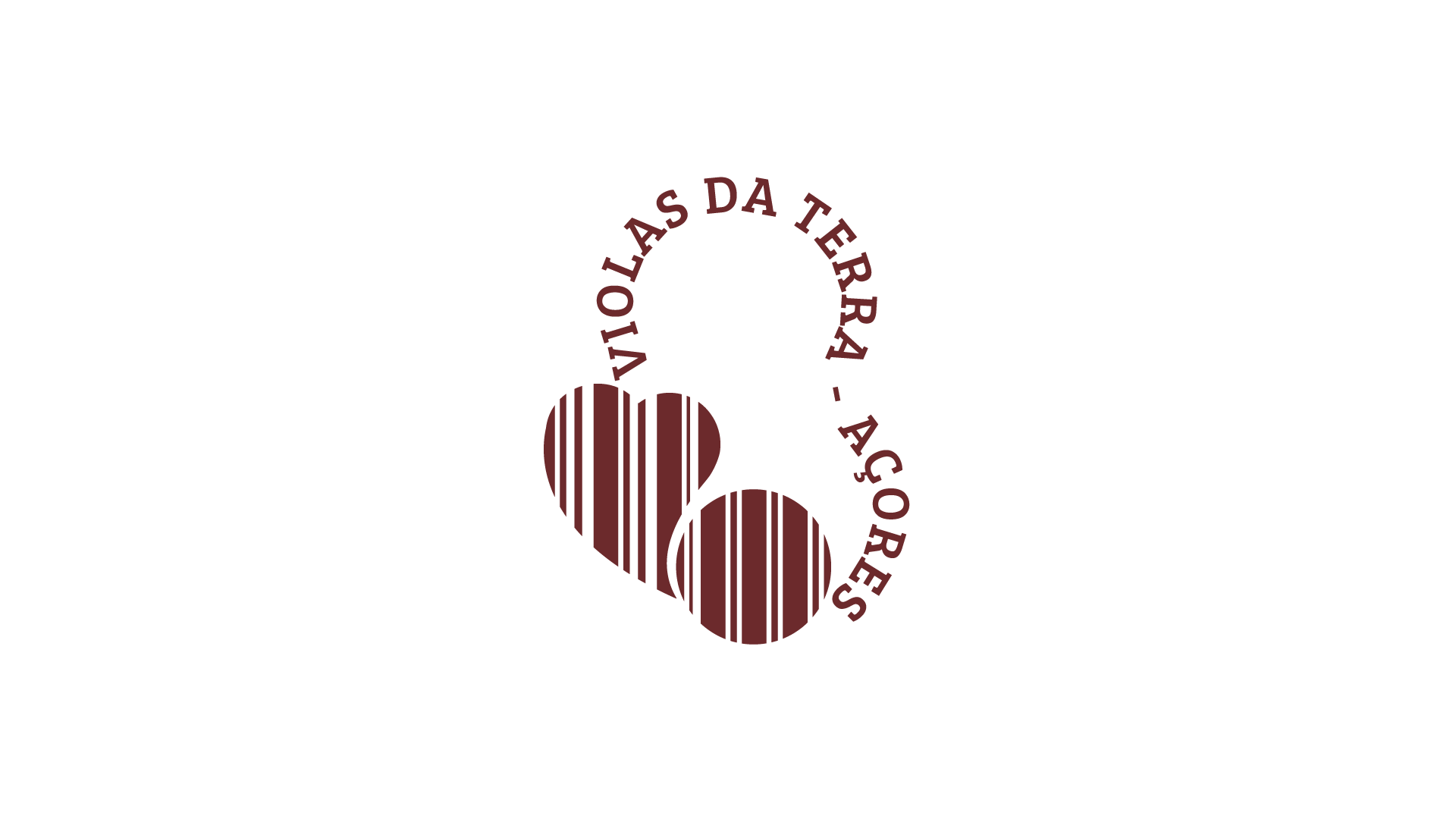
Violas da Terra
Viola da Terra is the oldest popular instrument in the archipelago of the Azores, arriving in the 16th century with the first settlers. The isolation of the Azorean islands as a result of geographical discontinuity allowed the Viola da Terra to acquire different characteristics from island to island, such as: the number of strings (wire) and parts, the tuning, the execution technique and organological differences - the sound holes in the shape of two or three hearts, round, oval or lyre; the shallow or raised neck and the headstock with a tuning peg or fan, differences that reflect the uniqueness of man's relationship with the object in cultural activity and social-dynamic relations.
The role it plays in cultural and social events gave it enormous importance, forming part of the groom's dowry and resting during the day on the bed, beautifying the room with its inlaid motifs. The players held a different social status and transmitted their knowledge informally.
The teaching of Viola da Terra began by being integrated into the Regional Conservatory of Ponta Delgada as a free course, and in 2017/18 it became recognized in all Artistic Education schools in the Region at secondary education level.
Violas da Terra – Azores, has been the first artisanal product with Geographical Indication in the Azores since 2024.
